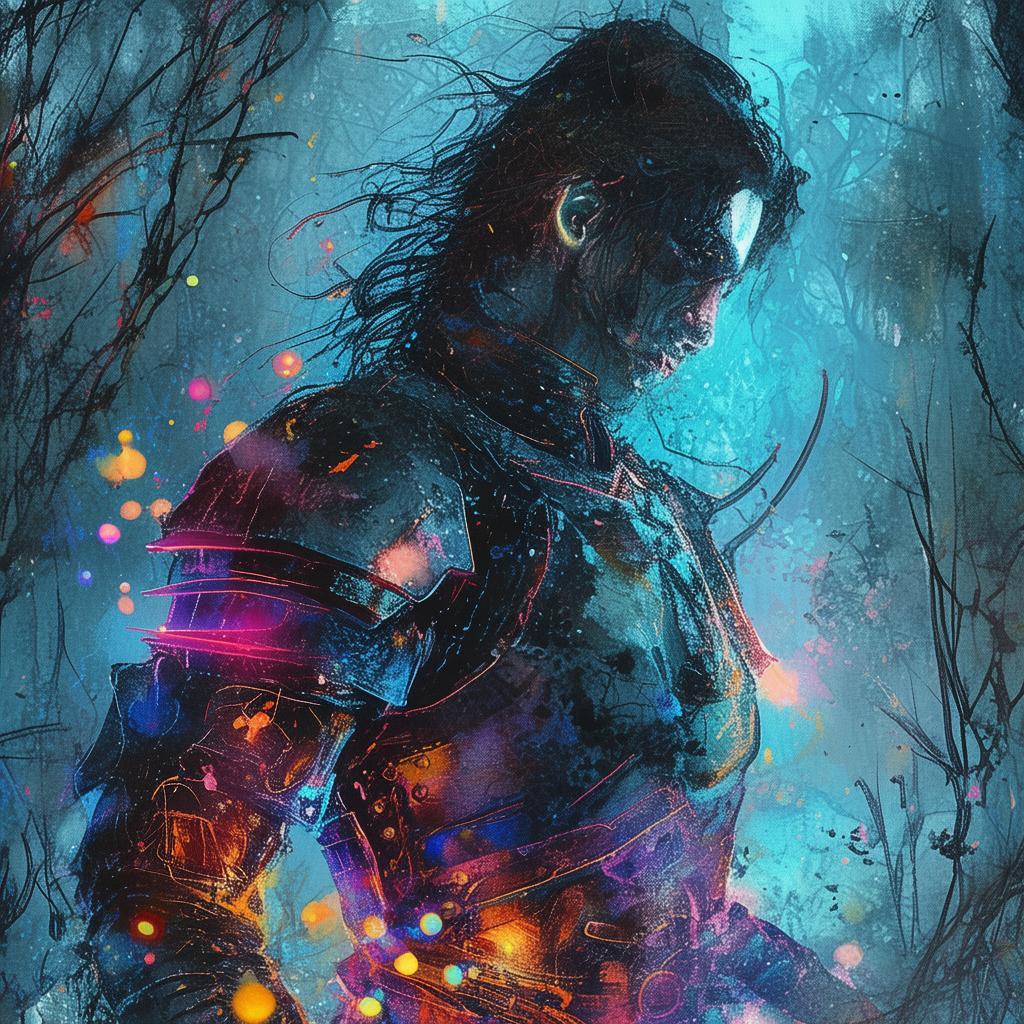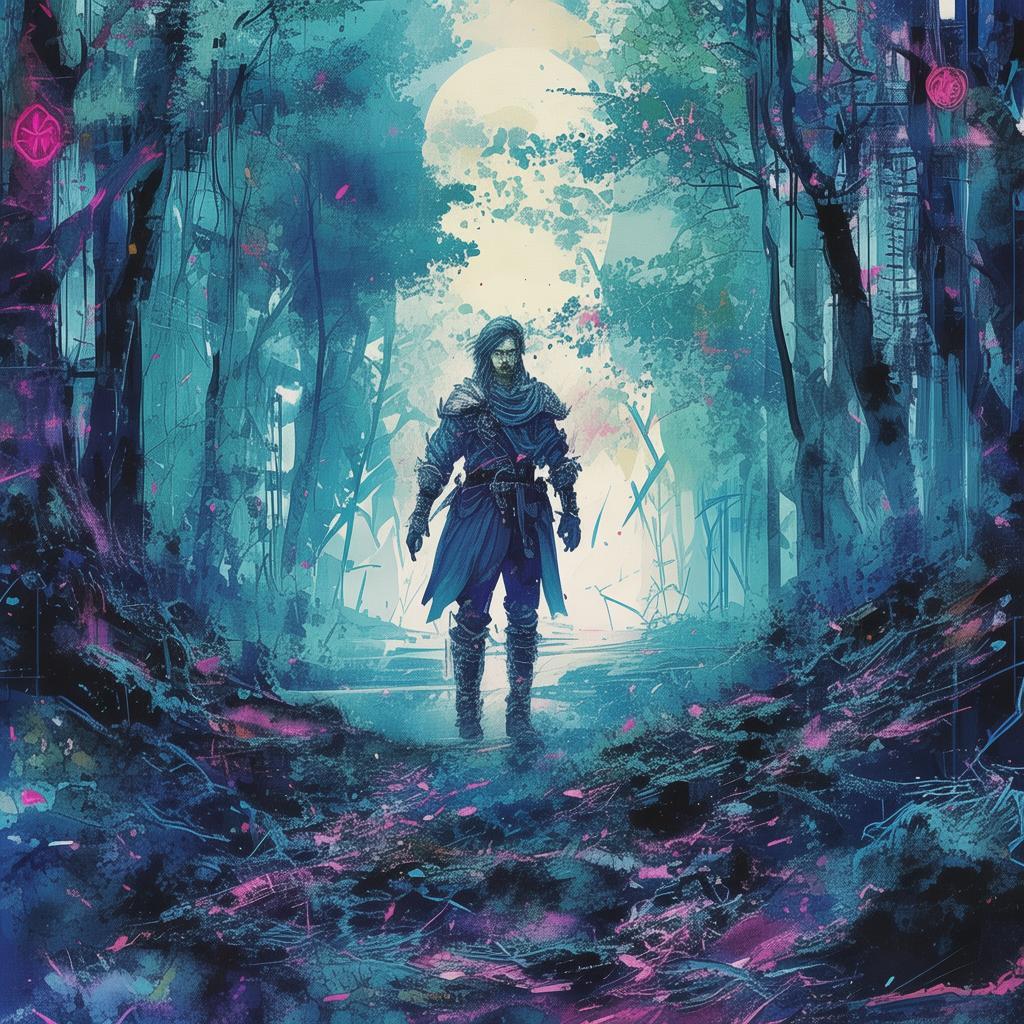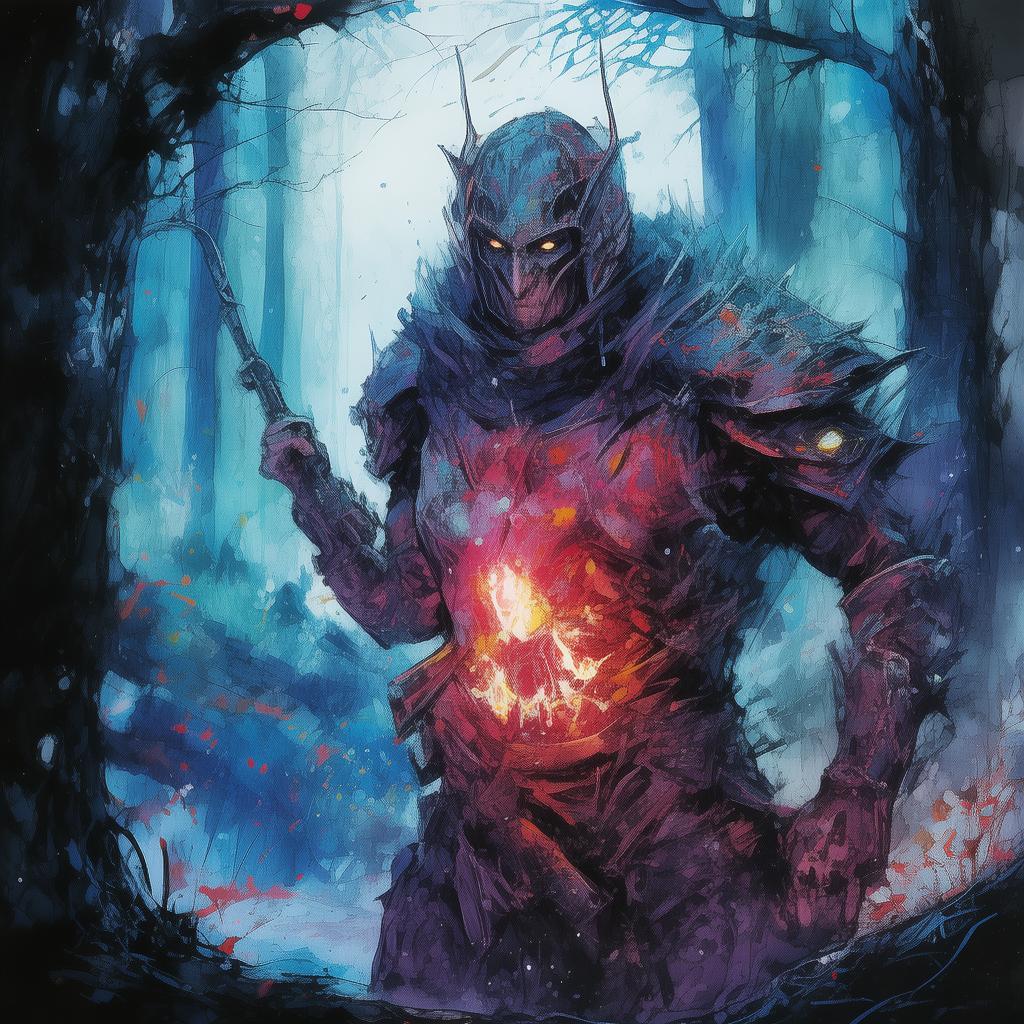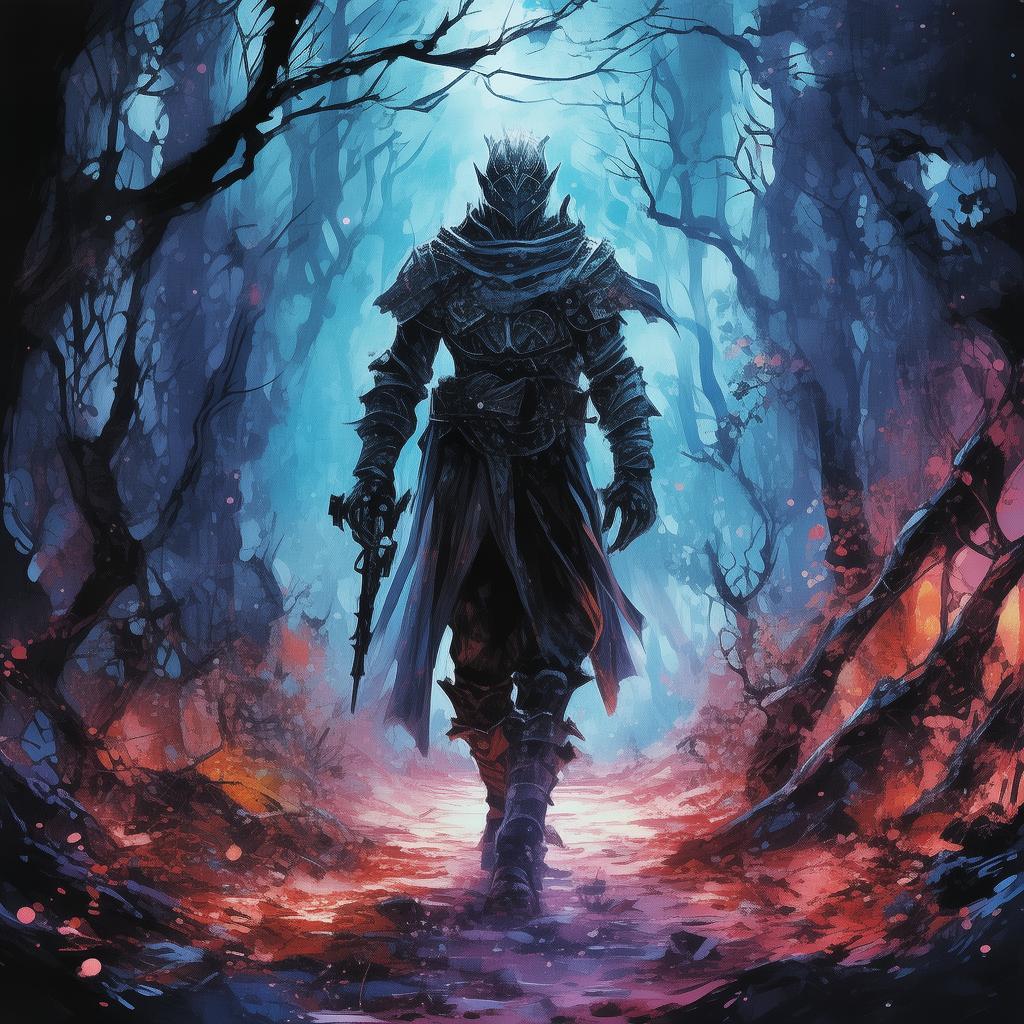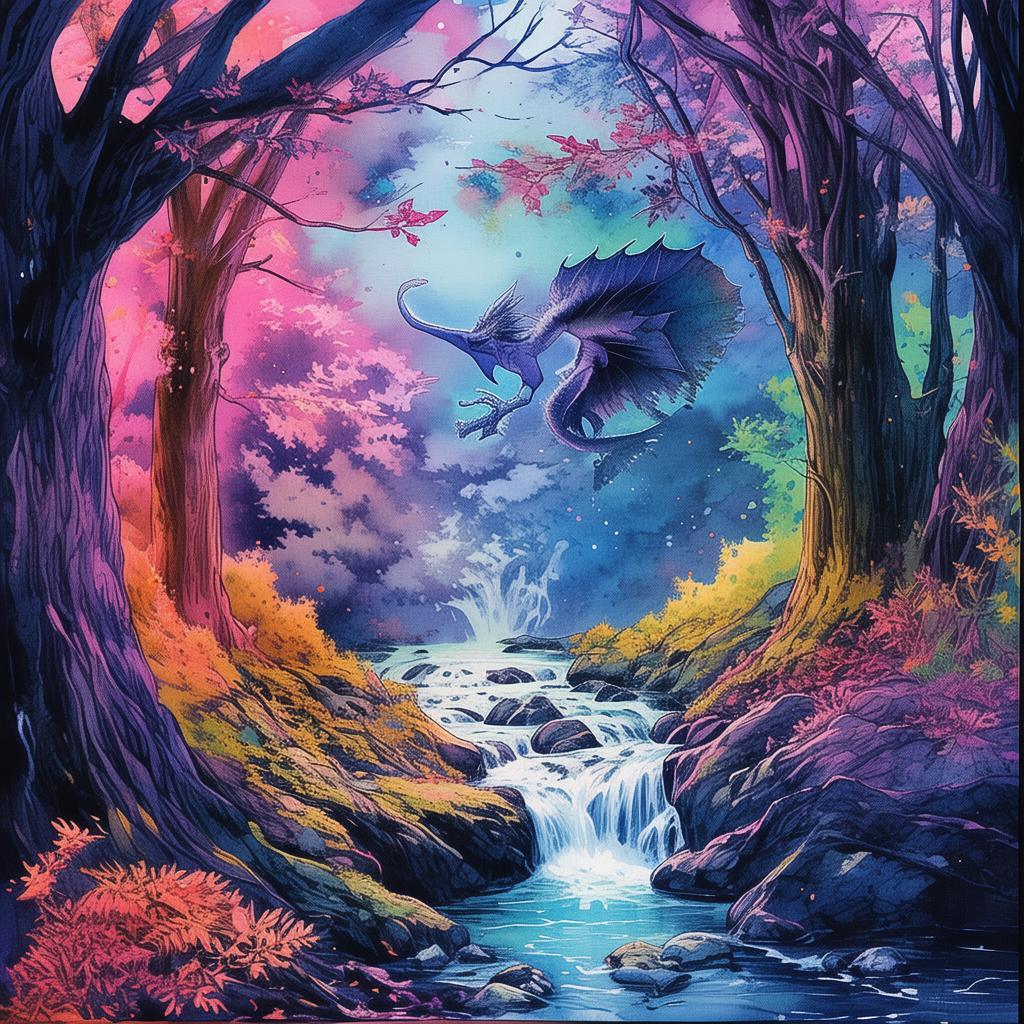The Kunlun's Shadow: The Liar's Redemption
In the heart of ancient China, where the mountains kissed the clouds and the rivers sang ancient lullabies, there lay the fabled Kunlun Mountains. They were the abode of the gods, a place where the veil between the celestial and the terrestrial was thin. Among the peaks and the eternal snows, there was a legend that spoke of a liar whose soul was bound to the Kunlun's shadow until he proved his worthiness.
The story began in the bustling city of Chang'an, where the air was thick with the scent of incense and the sound of the market's clamor. Among the throngs of merchants and travelers, there was a youth named Ming, whose tongue was as nimble as a weasel's. Ming was known for his tales, for the way he could weave words into a tapestry of lies that would make the stones weep and the trees sing.
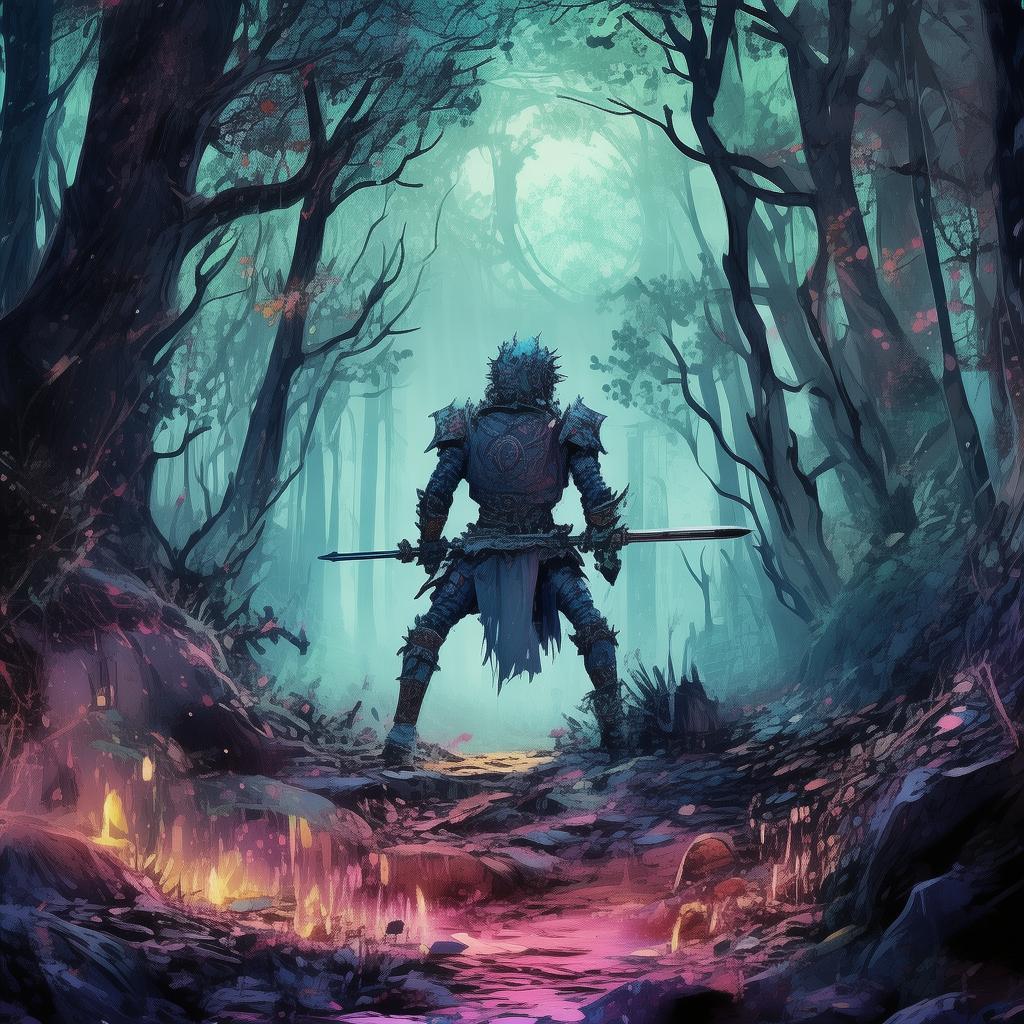
Ming's lies were not merely for the sake of amusement; they were a weapon. With his tales, he sought power, the power to influence, to control, to shape the world around him. He was a cunning man, and his lies were as sharp as his blade, but even the sharpest blade can dull with use.
One day, Ming heard a tale of the Kunlun Mountains, of the trials that awaited those who sought redemption. He was intrigued, for he knew that his lies had begun to tarnish his soul, and he yearned for a chance to cleanse it. So, he set out on a journey to the Kunlun, driven by a desire to prove his worth, to earn the right to be called something more than a liar.
The path to the Kunlun was fraught with peril. Ming faced the dangers of the wild, the wrath of the elements, and the cunning of the beasts that roamed the mountains. But his greatest challenge was yet to come, for the trials set forth by the Kunlun's guardians were not for the faint of heart.
The first trial was the Great Stone Whisperer, a massive boulder that seemed to move with its own will. Ming approached the stone, its surface smooth and cool to the touch. As he stood before it, the stone began to whisper, not in words, but in the language of the mountains. It spoke of his lies, of the pain they had caused, and of the darkness that lay within his heart.
Ming, feeling the weight of his lies, found himself unable to respond. He had no words to offer the stone, no truth to share. The stone, sensing his deceit, began to move, inching closer, until it loomed over Ming like a judgmental deity.
Just as the stone was about to crush him, a voice called out from the shadows. It was the voice of a woman, a spirit bound to the Kunlun's shadow. She offered Ming a chance to escape the stone's grasp. "Prove your worth," she said, "by telling the truth."
Ming, in a moment of clarity, spoke of his past, of the lies he had told, and of the pain they had caused. The truth flowed from his lips like a river, washing away the darkness that had clouded his soul. The stone, satisfied with the truth, receded into the ground.
The second trial was the Mirror of Reflections, a magical mirror that showed the truth of one's soul. Ming approached the mirror, and it revealed not only his lies but also the pain and regret that he had hidden from himself. It showed him the faces of those he had hurt, and the loneliness that had followed him like a shadow.
Ming, heartbroken by the image, realized that the true power of his lies was not in the control they gave him but in the pain they caused. He vowed to change, to live a life of truth and to help others do the same.
The final trial was the Test of the Wind, where Ming had to face the tempest that raged atop the Kunlun. The wind, a symbol of the chaos that lies within the human heart, sought to tear Ming apart. But Ming, having faced his inner turmoil, stood firm.
As the storm raged around him, Ming felt a strange connection to the wind. It was as if the storm was not his enemy but a part of him, a reminder of the chaos that he had once allowed to rule his life. With a deep breath, Ming reached out to the wind, and it responded, calming to a gentle breeze.
The spirit of the Kunlun, pleased with Ming's journey, granted him his redemption. The Kunlun's shadow, once a symbol of his deceit, now became a beacon of his newfound truth. Ming returned to Chang'an, not as a liar, but as a man who had faced his past and embraced his future.
He used his gift of storytelling to bring light to the dark places in people's hearts, to teach them the power of truth and the strength of redemption. Ming's tales spread far and wide, and he became a legend in his own right, a man who had been transformed by the Kunlun's shadow into the Liar's Redemption.
And so, the legend of Ming, the once-cunning liar, who sought redemption under the sacred Kunlun Mountains, lived on, a testament to the power of truth and the possibility of change.
✨ Original Statement ✨
All articles published on this website (including but not limited to text, images, videos, and other content) are original or authorized for reposting and are protected by relevant laws. Without the explicit written permission of this website, no individual or organization may copy, modify, repost, or use the content for commercial purposes.
If you need to quote or cooperate, please contact this site for authorization. We reserve the right to pursue legal responsibility for any unauthorized use.
Hereby declared.


